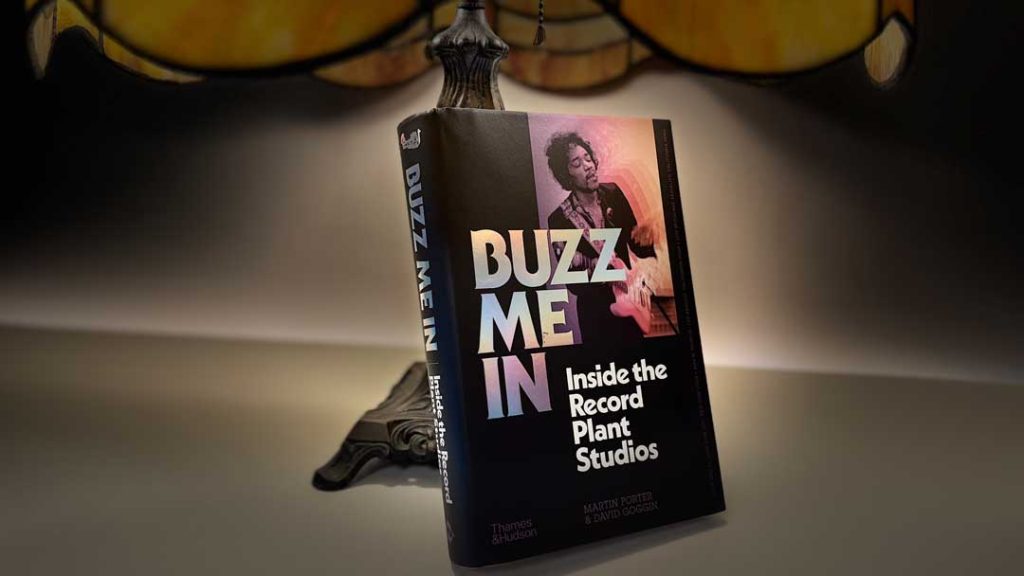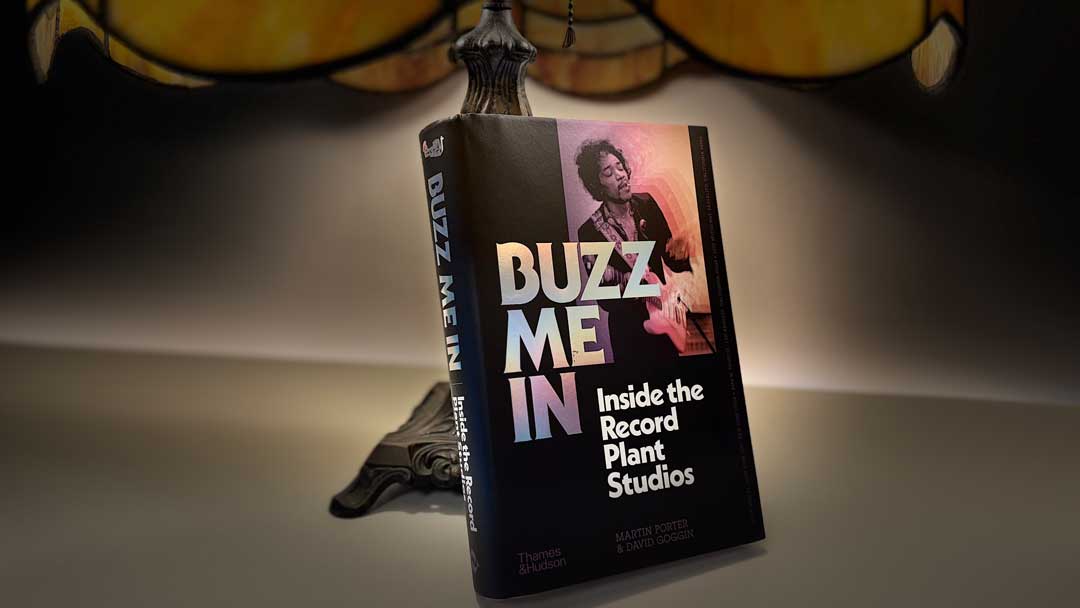
New York, NY (June 17, 2025)—Mix readers are likely aware that all three locations of Record Plant Studios—New York, Los Angeles and Sausalito, Calif.—played an integral part in some of the best-selling albums of all time. Throughout the 1970s, artists were recording their seminal works at these facilities with young producers and engineers who would soon become icons in the recording industry.
In the new book Buzz Me In: Inside the Record Plant Studios by Martin Porter and David Goggin (Thames & Hudson; June 2025), we get the full story of the famed studio, from the moment co-founders Chris Stone and Gary Kellgren met in the late 1960s to the unraveling of the relationship in the late ’70s.
Sandwiched in between are tales of inspired performances, visionary engineering, needlessly destroyed equipment, pranks, drugs, government surveillance, fights, romance, sex and drugs. Yes, drugs are listed twice; there are a lot of drugs, with the Plants having concierge suppliers that would get charged back to the record company.
The book is meticulously put together by Porter and Goggin, two longtime industry pundits. Porter was a reporter for Rolling Stone and GQ and had editor roles on Pro Sound News, EQ and Surround Professional, which he also founded. Goggin has been featured in Rolling Stone and The New York Times and is a prominent pro audio industry publicist. For years, his column “Lunching With Bonzai” appeared in Mix before he moved to EQ magazine to write the “Bonzai Beat.” [Full disclosure: I have worked closely with both authors during my career in journalism.]
Buzz Me In is divided into six chronological sections, with each section subdivided into numerous “Tapes,” which are cleverly started with a graphic that looks like the legend on a master tape box, listing the recording sessions covered in those pages.
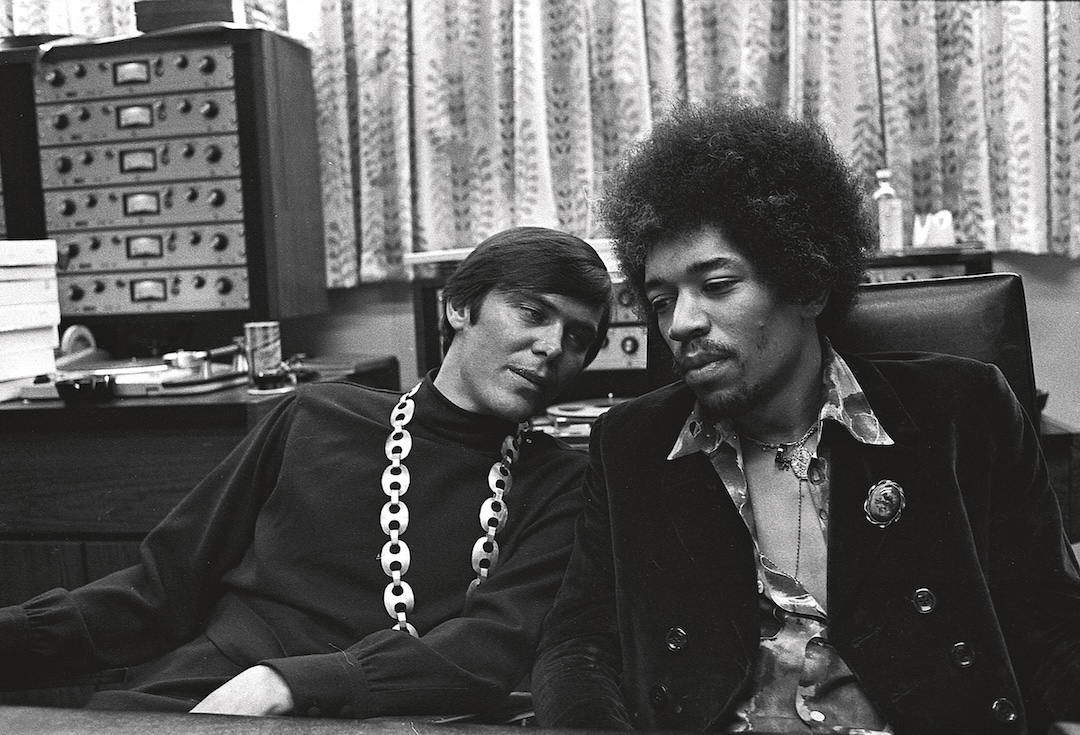
ORIGIN STORIES
The DNA of Record Plant Studios came from Kellgren, an exceptionally talented engineer who had a ton of music industry connections, and Stone, who was working for Revlon when the two met and quickly became the money man for the studios, securing backers and managing the assets. The original plan was to build a unique, living-room-style studio in New York City where Jimi Hendrix would take up residence, which is exactly what transpired. Hendrix loved the Plant so much that he eventually decided to apply that concept to his own studio, Electric Lady.
The Record Plant is not the only origin story shared, however, as we are introduced to the young engineering talent who would grow into studio legends and the nascent technologies that moved audio production into the future.
On the talent front, it may be hard to imagine the likes of Jack Douglas and Jimmy “Shoes” Iovine (no spoilers on the origin of the nickname) working as janitors, but that was the way in at the Record Plant, and both did. As a young engineer, Douglas formed a bond with John Lennon, who was a regular at The Plant in NYC (with a stint in the L.A. studio during his famed “Lost Weekend”), while Iovine, the future founder of Interscope Records and Beats headphones, found success working with Bruce Springsteen and the E Street Band on the career-defining Born to Run.
Training these newbies was a ton of top talent, as Record Plant attracted the best in the business on both sides of the console. The book drops names at a rapid pace, including the likes of Roy Cicala, Bob Ezrin, Phil Spector, Shelly Yakus, Bill Szymczyk, Ken Caillat, Al Kooper and many others.
In terms of gear, the studios’ technological sophistication grew with the channel counts. The following passage highlights the “you-are-there” feel of how Buzz Me In takes you back in time:
“Racks of new equipment were now stacked to the ceilings in each of the control rooms, enabling the engineers to expand, compress, distort, or delay the audio signals. A new limiter from Hendrix’s effects wizard, Roger Mayer, created a sound that made a hit out of ‘Go All the Way’ for the Raspberries. Down in the basement, the Record Plant maintenance staff were testing a prototype from a digital start-up called Eventide that emulated Gary Kellgren’s famed phasing sound with a push of the button.”
The authors also present a deep dive into TONTO, a physically room-filling synthesizer created by Malcolm Cecil and his partner, Bob Margouleff. Stevie Wonder was captivated by the instrument, and the trio took up residence in Record Plant L.A. Studio B, where they created a ton of songs that led to the legendary LPs Music of My Mind, Innervisions and Songs in the Key of Life, to name a few.
Not content with merely stationary audio innovations, Record Plant was an innovator in mobile recording, and Buzz Me In presents the history of the famous White Truck that parked itself outside of hundreds of live shows and recorded them for posterity—and huge album sales—including Elvis as Recorded at Madison Square Garden and the Concert for Bangladesh, which was the recording vehicle’s baptism by fire.
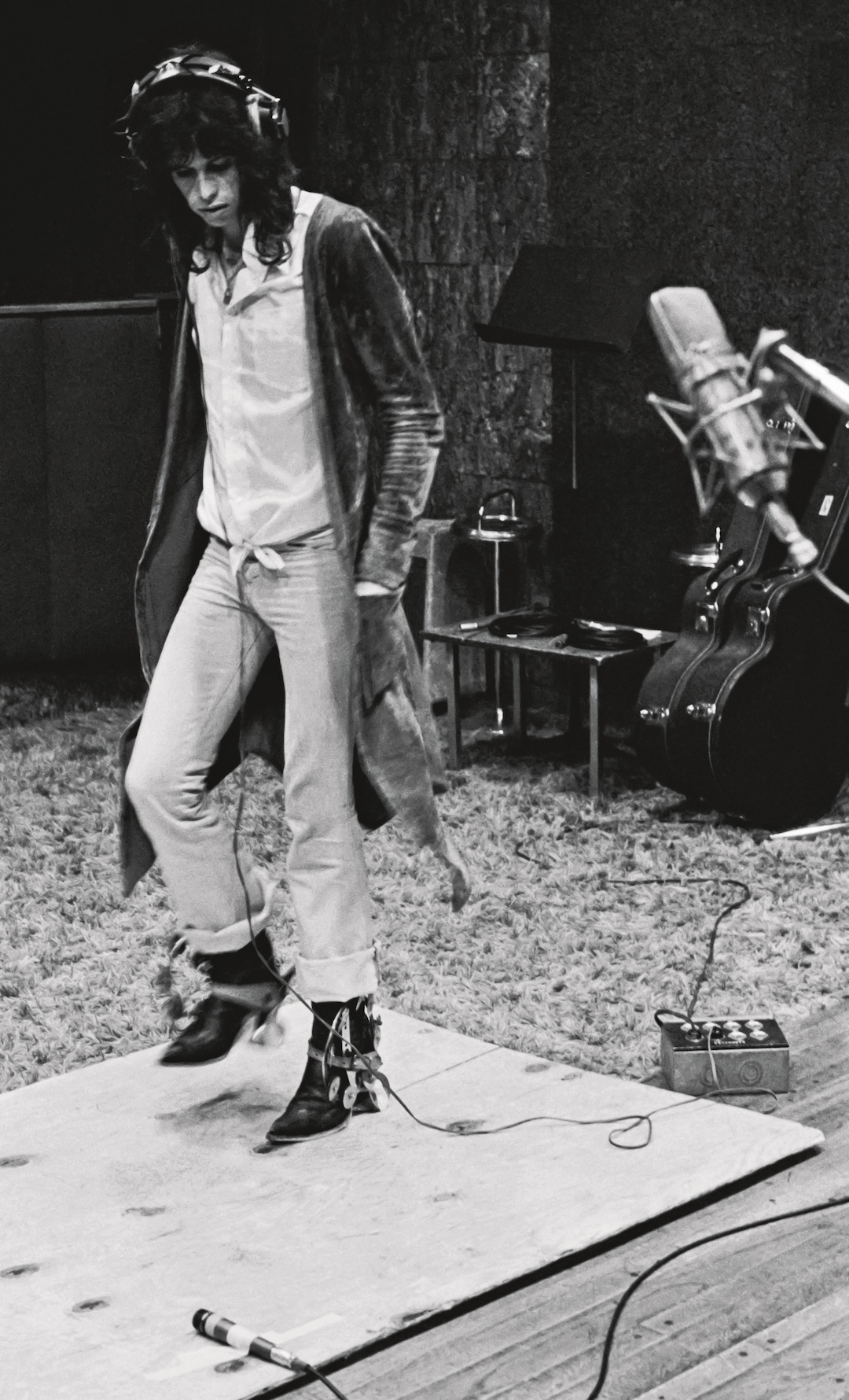
THE TALENT
Buzz Me In features a who’s who of ’70s rock ’n’ roll, with appearances from Frank Zappa, Hendrix, Sly Stone, The Velvet Underground, KISS, The Eagles, Fleetwood Mac, Joe Cocker, Billy Joel…the list goes on and on.
It is not surprising that artists and their producers sought out Record Plant—it had a well-earned reputation for having top-notch gear and expert studio personnel to run it. It was also focused heavily on artist relations, which included doing everything possible to make an artist feel welcome, whether that meant designing their own unique studio space, as was done in Sausalito for Sly Stone, or making sure there was access to the drug of choice that day.
While access to drugs may have made it pleasant for the artists, it caused trouble for the producers and engineers. One of the clearest examples of this is when Szymczyk headed to Studio C in Los Angeles with The Eagles to record Hotel California.
The authors write, quoting Szymczyk:
“I made a rule after it got a little unruly at first. I said, ‘All right, guys, we have to get in here at two o’clock in the afternoon and we’ve got to get work done until six o’clock, so I don’t want any ingestion of anything other than coffee. At six o’clock, you can get your beer, get your this or that, go to whatever you like. That worked for a few weeks, but then, in the middle of doing takes, they’re all out in the studio and I’m changing reels or something like that in the control room, and I started hearing them muttering things like, ‘Is it six yet?’ Followed by, ‘It had better be.’”
Still, with the number of hits recorded there over the decade, you can’t say the methodology was ineffective, although there are times when you will feel grateful your favorite album came out the way it did.
TALE OF THE TAPE
With projects as famous as these, you have likely heard some of the stories before. In fact, Buzz Me In pulls in excerpts from autobiographies by the likes of Al Kooper and Ken Callait and others who have worked there or covered the industry, including several passages from Mix. But those are accounts of individual projects without the context of what was happening in the studio next door (or the hallway outside the studio, the rooftop of the studio…).
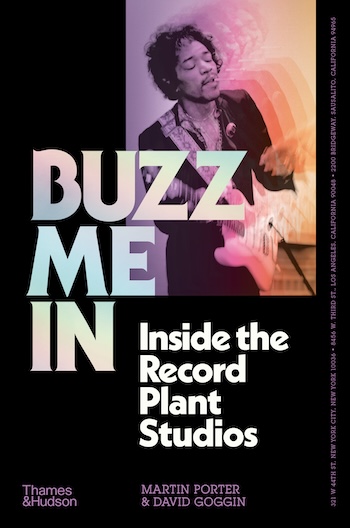
Buzz Me In provides the full picture of all that happened within the walls of each of the Record Plant’s studios. In a few key instances, such as the fire in L.A. Studio C and a police raid, it cleverly offers a Rashomon-style narrative that tells of the event from several different perspectives.
The title of the book comes from the reception area in Record Plant L.A., which put a locked door/buzzer system in place to keep the police out.
Visitors would say, “Buzz me in,” to gain access. It is no surprise that Porter and Goggin chose to name the book after the phrase, as from the moment you open the cover, you are brought back to the 1970s and are sitting shotgun in the control room for some of the greatest sessions in music history.
